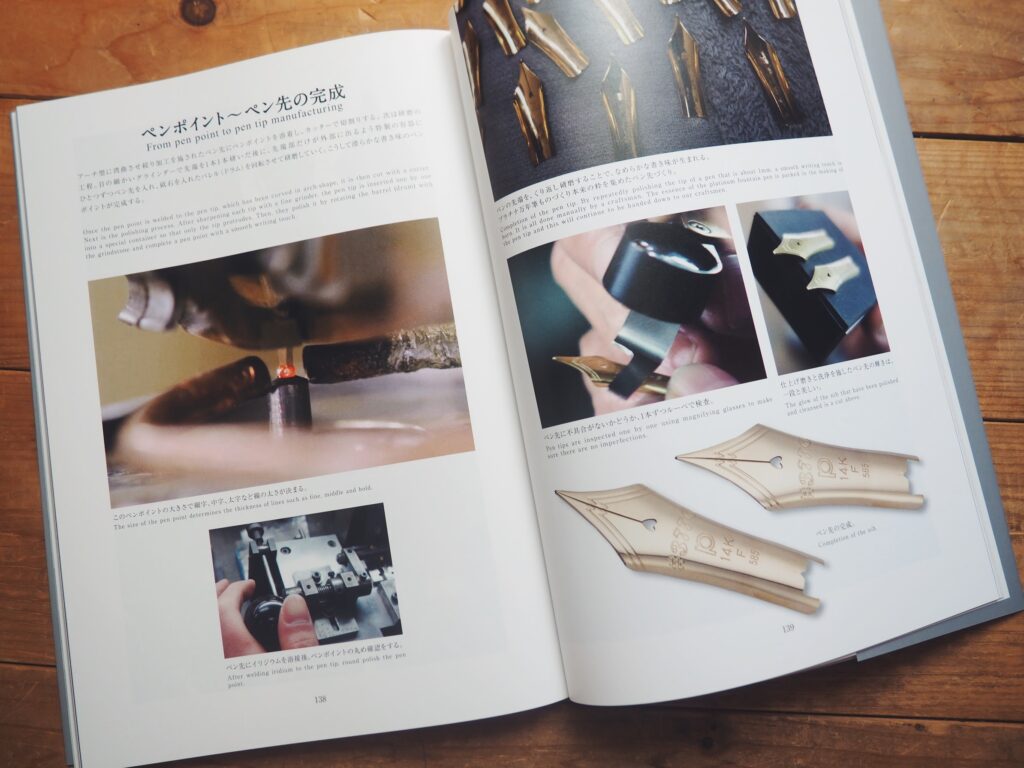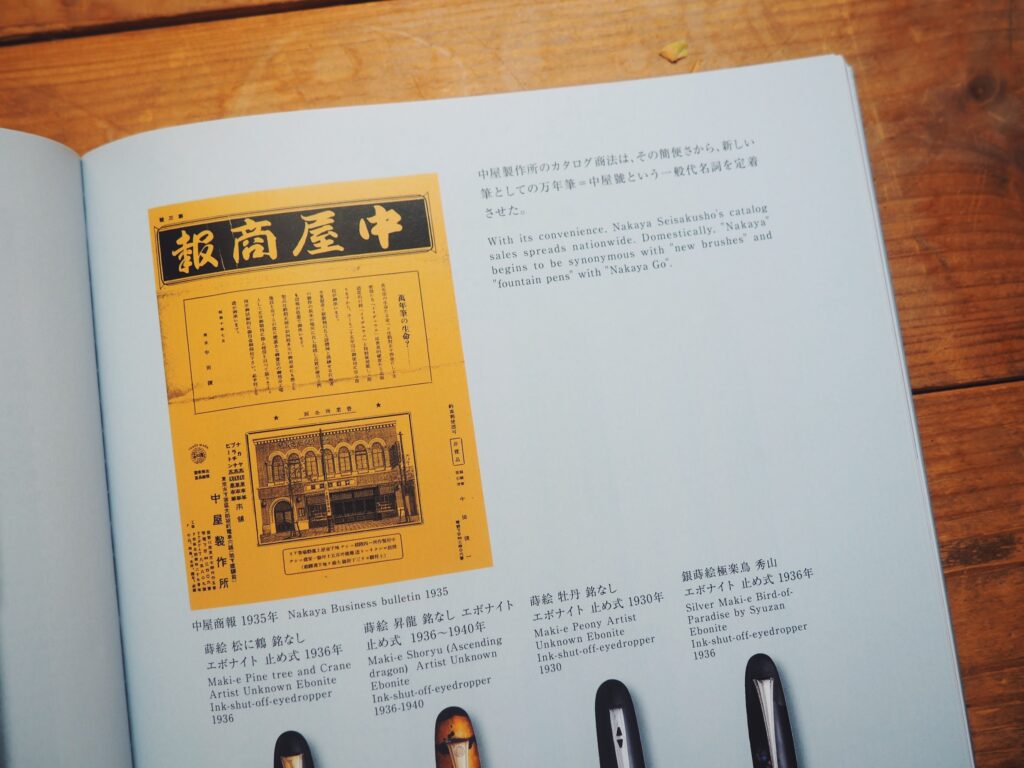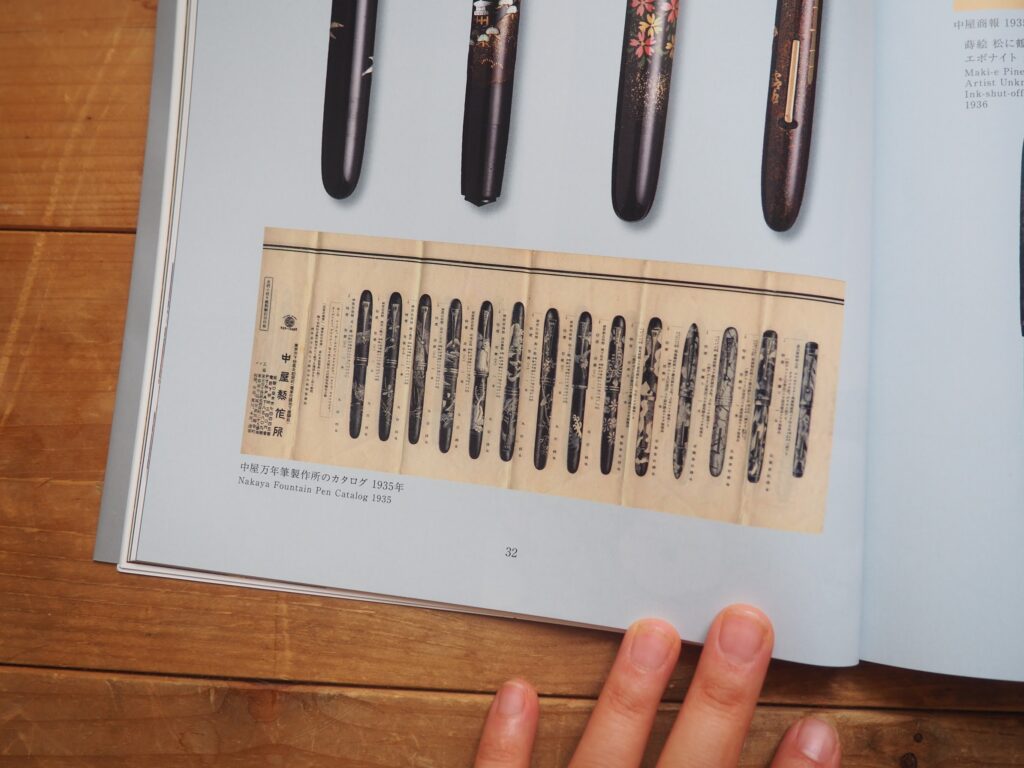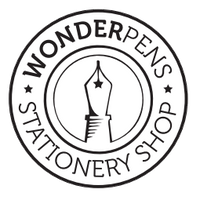100 Years of Platinum Pens

Our Platinum distributor recently paid us a visit, and left us this incredible history book/catalogue from Platinum, which Platinum released to celebrate their 100th anniversary last year. It’s been fascinating reading, especially as this is a pen company steeped in another country’s culture, and I am learning so much. I also missed out on a lot of pretty great pens.
Some of my favourite pens are from Platinum, and it’s lovely how they have the whole range, from inexpensive preppies that I love giving to new fountain pen users when I (used to be) out and about in the world, to my favourite 3776s.
Platinum was started right after WWI, in 1919, when Shunichi Nakata, the founder of Platinum Pens, began to sell pens. Nakata was an original fountain pen visionary, seeing pens from Waterman, the first fountain pens introduced into Japan, and realizing how fountain pens would become affordable and culturally important tools—he saw fountain pens as a “vanguard of culture.”
Before long, he wanted to manufacture and sell his own pens. In 1924, Nakata established Nakaya Seisakusho, which later became Platinum Pen, in Ueno, Tokyo. Ueno had art museums and other cultural institutions, which was important for Platinum’s values and goals in realizing fountain pens as cultural symbols.
Interestingly, a factor in Nakaya’s initial growth was their innovation in the mail order business. They sent out order forms to offices and government agencies, who would mail back with money. According to the catalogue, this became the “driving force that led to the surge of Nakaya.”
With the Pacific War in 1942 (WWII), Nakata changed the company name from Nakaya Seisakusho to Platinum Pen, after the king of all metals. The metal’s hardness, weight, density, resistance against rusting or discolouration, and price make it an ideal material for fountain pens. To my disappointment, the section describing Nakaya/Platinum’s activities during WWII is a bit thin, but, as expected, the company was commandeered to produce Zero Fighters for the war. Elderly employees and wives continued on with manufacturing fountain pens.
There are lots of big and small achievements, changes, and innovations over the decades, including importing machines from abroad, developing pens with retractable nibs, launching a popular music variety show “Platinum Golden Show,” having a pen selected for the design collection at New York’s Museum of Modern Art (MoMA).
Maki-e has long been a part of Platinum’s culture. It’s a traditional and painstaking technique that requires years of training and craftsmanship, resulting in layers of lacquer and gold and other powders, giving a pen depth and warmth. Each pen is done by an artisan and requires up to several months as each layer of lacquer is added on.
The book also shares photos and details of the manufacturing process, including of Platinum’s iconic gold nibs. Interestingly, the heart shaped breather hole on Platinum’s gold nibs is intentional. It’s more difficult to manufacture, but its shape helps ink to transfer down the feed to the nib more smoothly.

History aside, one of my favourite parts of this are the old photographs of their factories, shops, people, advertisements, old pen models. I wish more companies did stuff like this!









I’m currently on the last few pages of Runaway Horses, by Yukio Mishima, which is quite good. This is the second book in the tetralogy—I read the first one, Spring Snow, last year in Japan, and eventually I hope to finish them all.
The more I read and learn the more I realize how much I don’t know about the traditions and history of Japanese culture. Much more so than in Western cultures, calligraphy, writing, fountain pens, stationery all play a role in Japanese culture and the way they honour and respect history and rituals and craftsmanship. A company’s values, ways they protect as well as innovate on traditions is illustrated so well in the way they tell their story. Platinum has long been a favourite pen company of ours, and now all the more so.




Comments
Emily said:
This is such a treat! Thanks for sharing.
Shaun said:
it’s interesting you say elderly employees helped make pens during the war because it reminds me of platinum’s boutique line, Nakaya and how it’s people by retired employees of Platinum.
Is there a way to buy/acquire that history book/broshure?